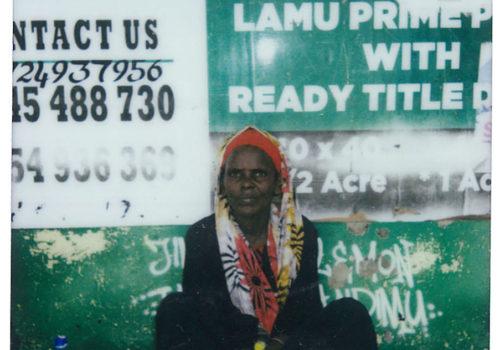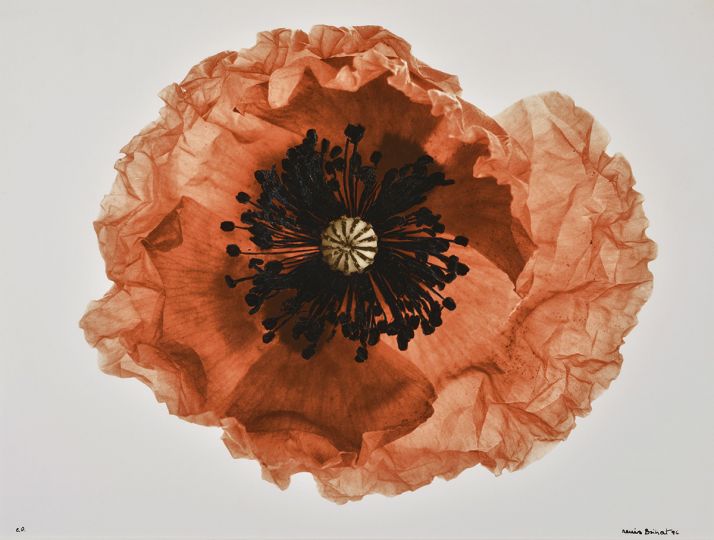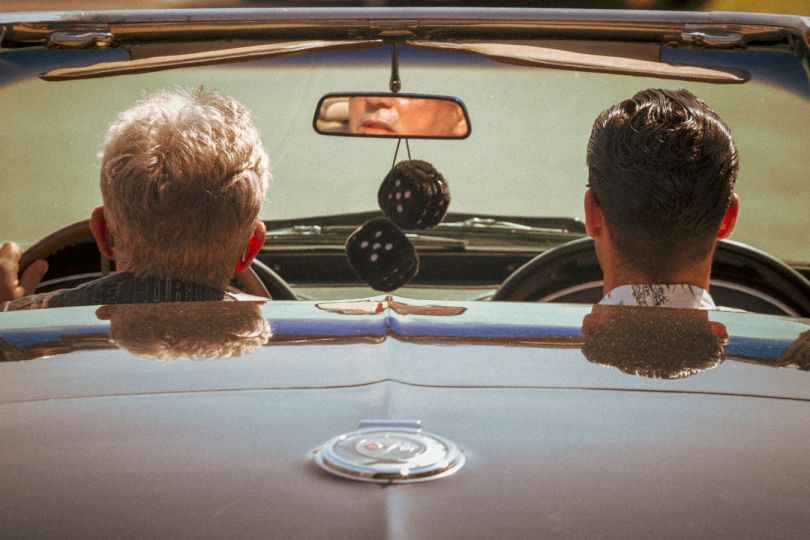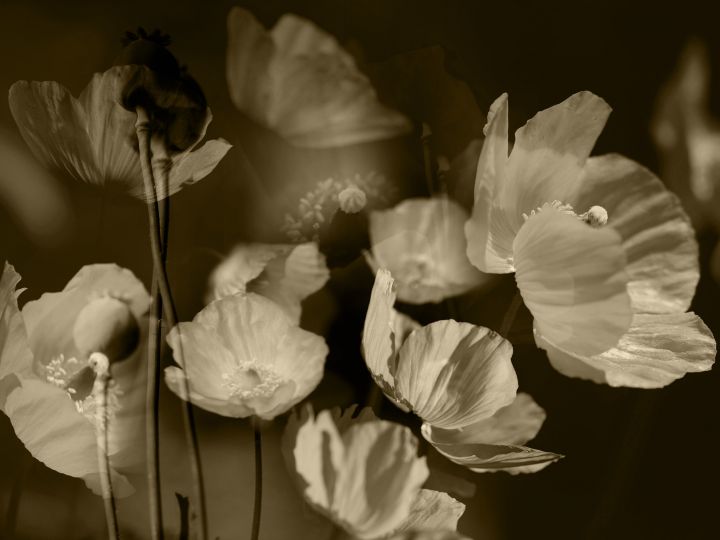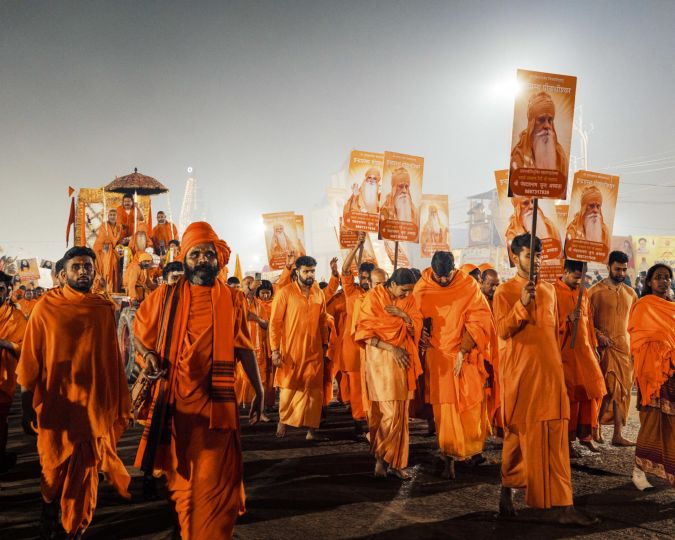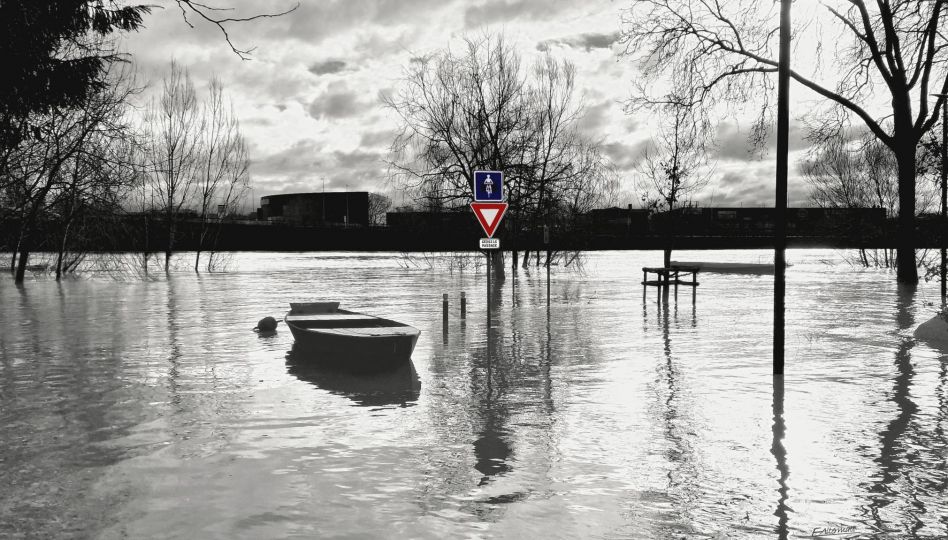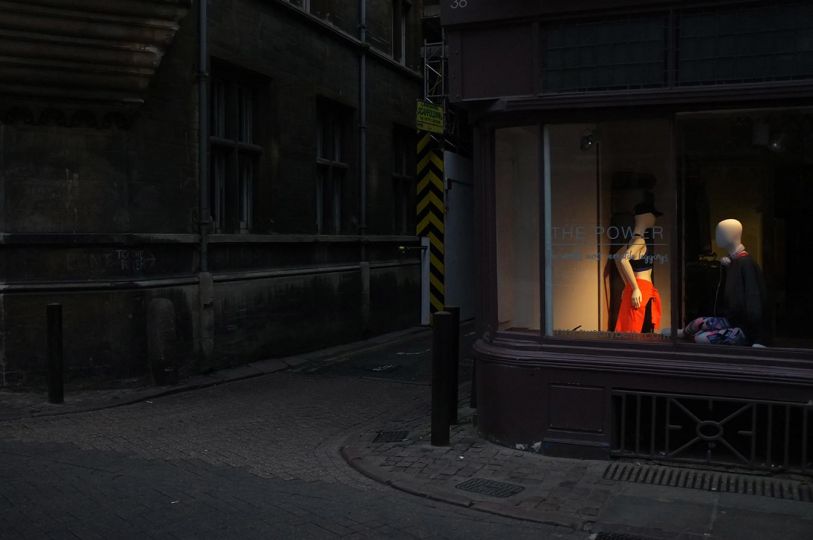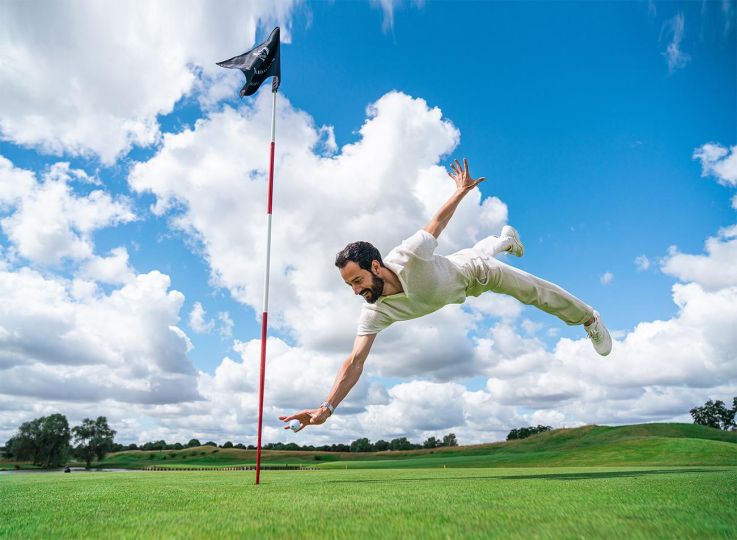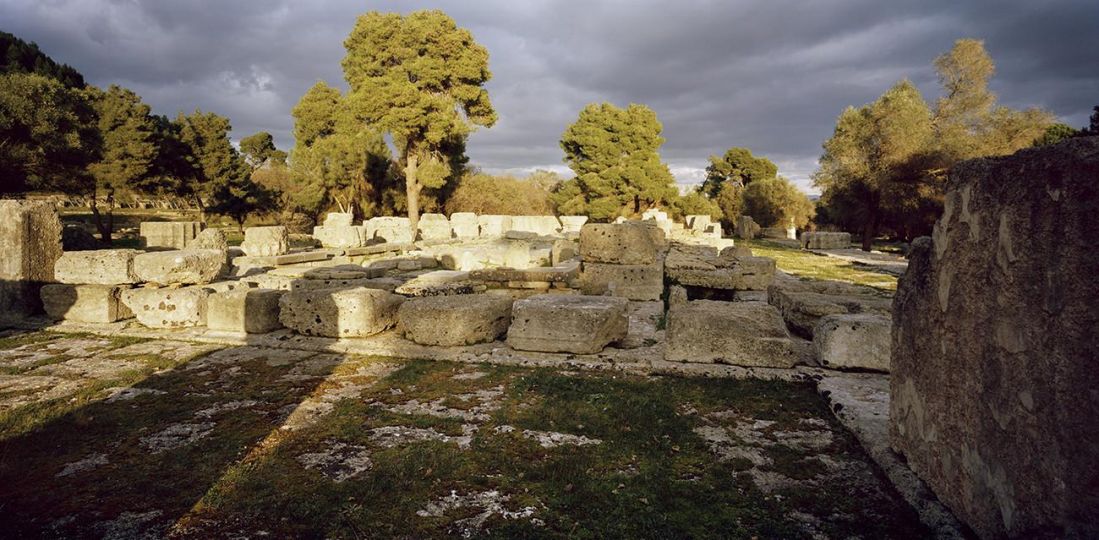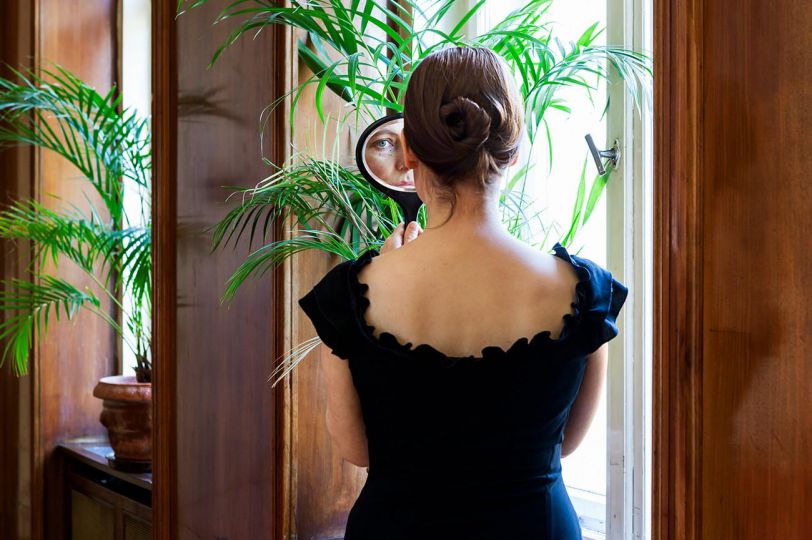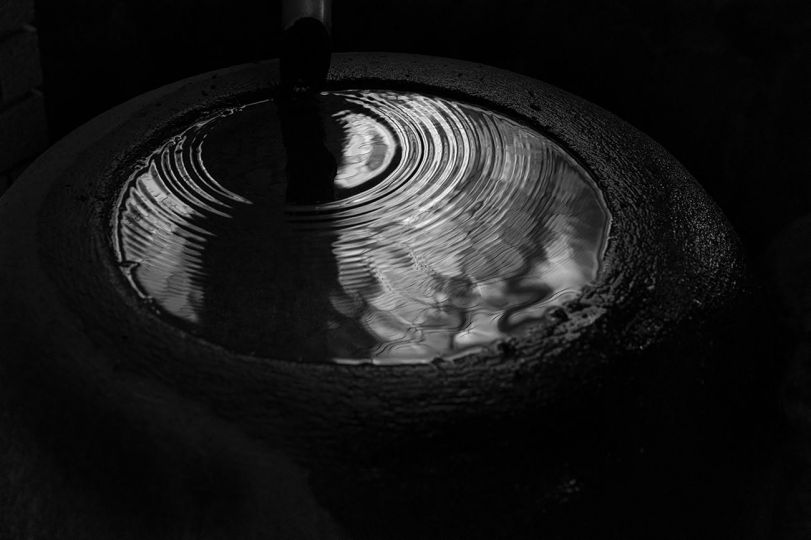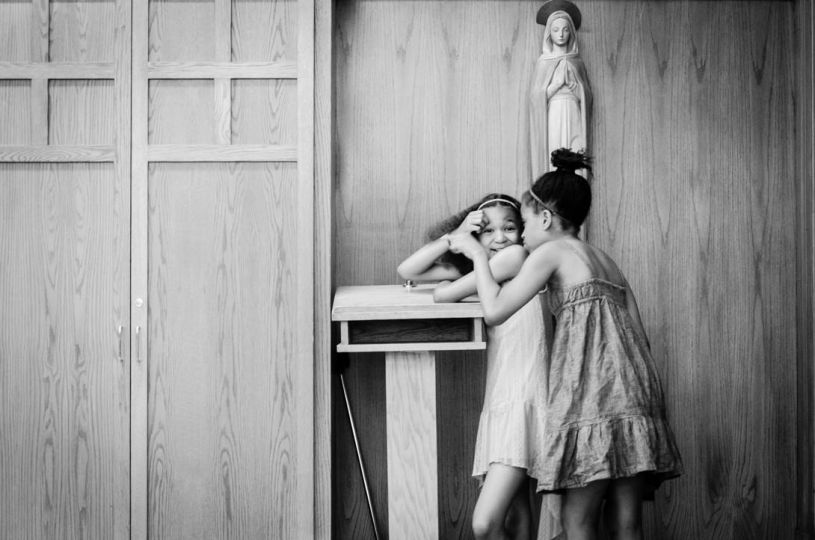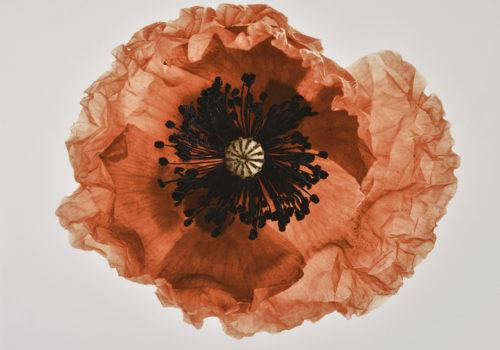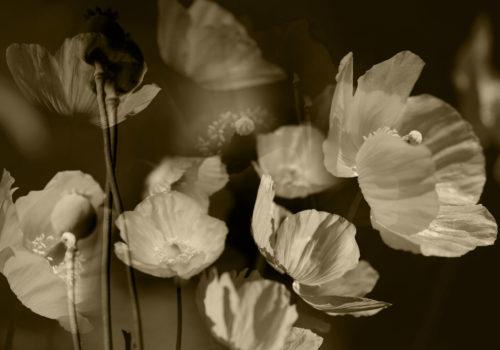Cesar Chouraqui: Playing With Contrasts
César Chouraqui is an artist at the crossroads of multiple worlds, where music, imagery, and storytelling intertwine to form a unique and deeply personal universe. Versatile and daring, he embodies a new generation of multidisciplinary creators. Actor, director, photographer, producer, and musician, beyond these titles, he is above all a modern storyteller who fits into a tradition of visionaries that transcend artistic boundaries.
Born from a multicultural heritage, he has drawn on his roots to cultivate a particular sensitivity, allowing him to tell visual and sonic stories that resonate far beyond traditional frameworks. His work, influenced by cinema, photography, and music, revolves around universal and contemporary themes: the search for self, the exploration of emotions, technology, and the artist’s role in an ever-evolving world.

